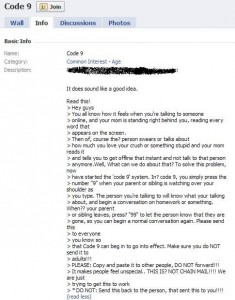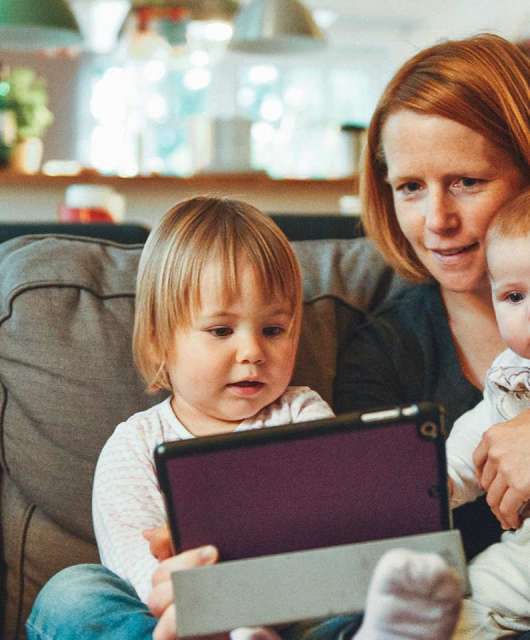A few years ago we were amazed to discover that kids and teenagers were receiving emails describing a technique –Code 9- to camouflage their chat and messaging conversations to prevent their parents from reading. Now, PandaLabs, Panda Security’s anti-malware laboratory has detected the resurgence of these messages, now distributed across social networks.
According to the latest Kids on the Web security survey in Spain, published by Panda Security in June this year, one in three teenagers has contacted strangers across social networks, “Something that criminal minds are no doubt aware of and will exploit to contact children”, warns Luis Corrons, Technical Director of PandaLabs.
“Interestingly, when you visit the profiles and pages created to spread ‘Code 9’ and you look at the followers and friends, there are hardly any youngsters, in fact quite the opposite, which gives an indication as to the sort of people who are interested in distributing this type of information”.
Code 9 itself is really simple: It tells children that to hide their conversations in chat rooms or messaging, all they need to do is mention or write the number ‘9’ whenever their parents or guardians are close by, so that the other person will rapidly change the topic or delete any information exchanged.
During the summer vacation period, many children and teenagers spend more time than usual on the computer. “This is a good time to ensure that our children are using the Internet safely and responsibly. We always advise that the best way to achieve this is for parents and children to have a relationship based on trust, so it is not necessary to be constantly monitoring kids while they’re on social networks and the like”, says Corrons.







3 comments
very nice post, i certainly love this website, keep on it
Code 9 for kids on the Internet reappears for social networks | Press Panda Security Nice post. I be taught something tougher on totally different blogs everyday. It would always be stimulating to read content from other writers and practice a little one thing from their store. I’d favor to make use of some with the content material on my weblog whether or not you don’t mind. Natually I’ll provide you with a link on your net blog. Thanks for sharing. Regards, About Furniture
Thanks! Please feel free to use our contents.